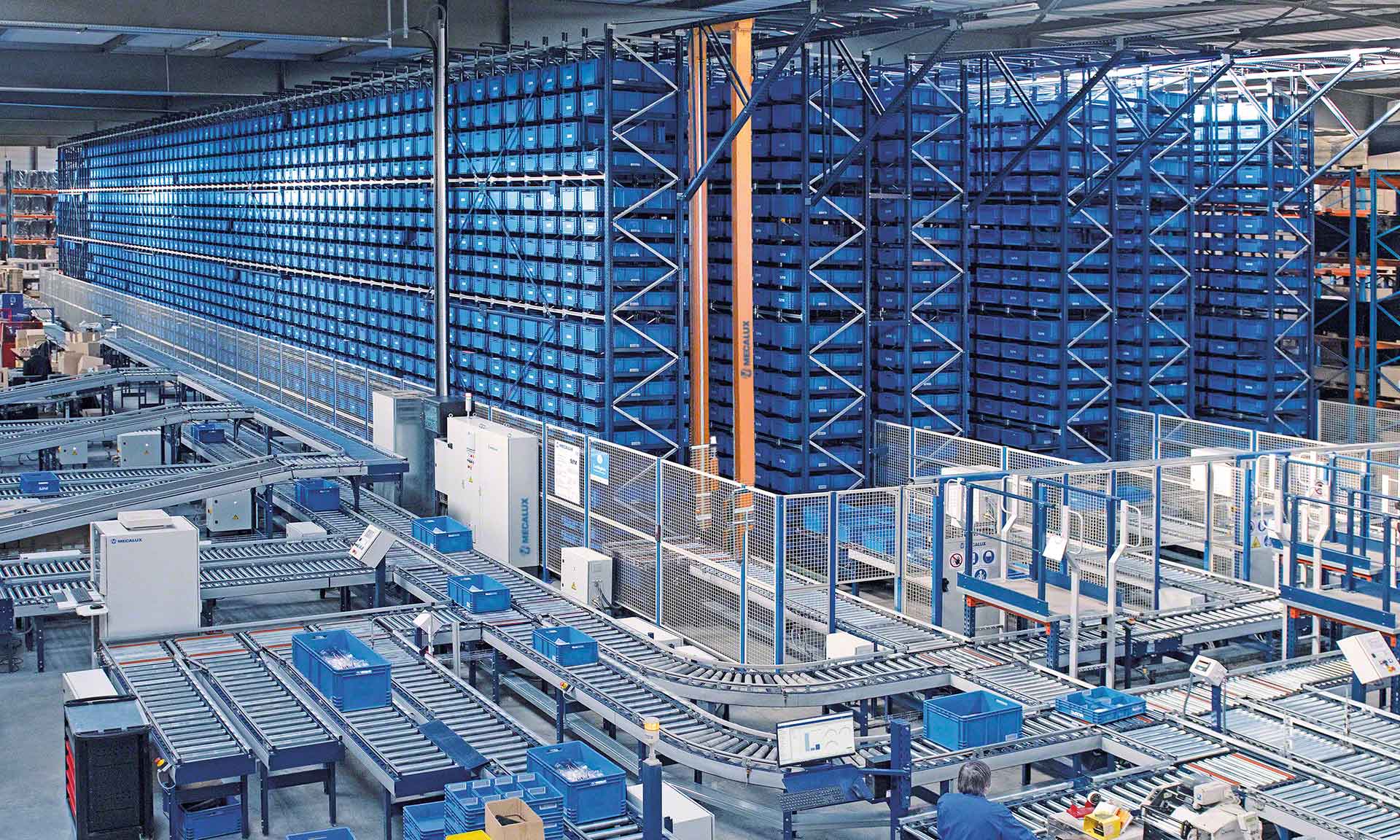
In the ever-evolving world of logistics and supply chain management, warehouses play a pivotal role. They serve as the backbone of efficient product distribution, ensuring that goods reach consumers quickly and accurately. With the rapid advancements in technology and changing consumer expectations, the future of warehousing is poised for transformation. Discover the cutting-edge industrial equipment innovations shaping the future of warehousing by visit the website for more information. This article explores some must-have industrial equipment innovations that are shaping the future of warehousing.
Contents
Autonomous Robots
Autonomous robots are revolutionizing warehousing operations. These robotic systems, equipped with sensors and artificial intelligence, can navigate warehouses, pick items from shelves, and transport goods autonomously. They are not only more efficient than human labor but also capable of working 24/7 without fatigue, significantly increasing productivity. Companies like Amazon have already integrated robots into their warehouses, and this trend is expected to become more widespread.
Drones for Inventory Management
Drones are not just for aerial photography; they are becoming indispensable tools for warehousing. Drones can be used to conduct inventory checks, monitor stock levels, and even perform routine maintenance inspections in large warehouses. They provide real-time data, reduce human error, and improve the overall efficiency of warehouse operations.
Augmented Reality (AR) Glasses
Augmented Reality glasses are transforming the way workers interact with their surroundings in a warehouse. These smart glasses can display important information, such as order details or navigation instructions, directly into a worker’s field of view. This hands-free approach streamlines the picking and packing process, reducing errors and increasing speed. AR glasses also assist in training new employees by providing step-by-step instructions on tasks.
IoT Sensors
The Internet of Things (IoT) has found its place in warehousing as well. IoT sensors can be attached to pallets, shelves, and equipment to collect data on temperature, humidity, and other environmental factors. This data helps warehouse managers make informed decisions about storage conditions, prevent product damage, and optimize inventory management.
Automated Guided Vehicles (AGVs)
AGVs are autonomous, driverless vehicles used to transport goods within warehouses. They are equipped with sensors and navigation technology that allows them to move safely and efficiently. AGVs can transport heavy loads and replace traditional forklifts, reducing the risk of accidents and improving warehouse traffic flow.
Collaborative Robots (Cobots)
Collaborative robots, or cobots, are designed to work alongside human employees. They are equipped with advanced safety features, making them safe to work with in close proximity to humans. Cobots can assist with tasks like picking and packing, freeing up human workers to focus on more complex and strategic responsibilities.
Warehouse Management Systems (WMS)
While not a physical equipment innovation, Warehouse Management Systems are crucial for optimizing warehouse operations. WMS software utilizes algorithms and real-time data to plan, manage, and optimize warehouse tasks. It helps streamline inventory management, reduce errors, and improve overall efficiency.
3D Printing
3D printing is making inroads into warehousing by enabling on-demand manufacturing of spare parts and customized packaging materials. This technology reduces the need for extensive storage of spare parts and allows for more efficient use of warehouse space.
Conclusion
The future of warehousing is being shaped by innovative industrial equipment and technology. Autonomous robots, drones, augmented reality glasses, IoT sensors, AGVs, cobots, and advanced warehouse management systems are revolutionizing how goods are stored, picked, packed, and shipped. These innovations not only increase efficiency and reduce operational costs but also help warehouse managers make data-driven decisions. As the demand for faster and more accurate order fulfillment continues to rise, these must-have equipment innovations are set to become the standard in modern warehouses, ensuring that they remain at the forefront of supply chain excellence.


